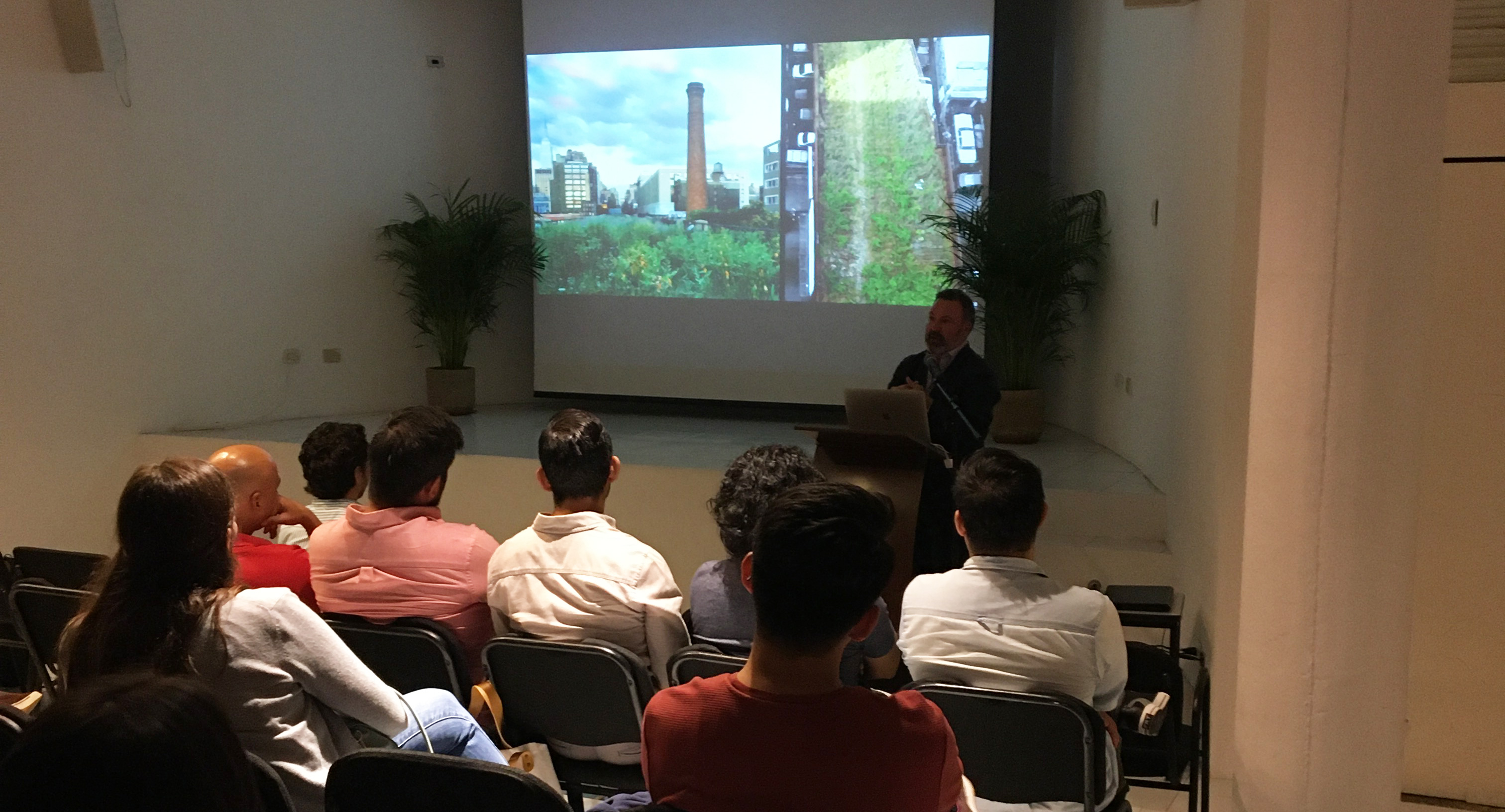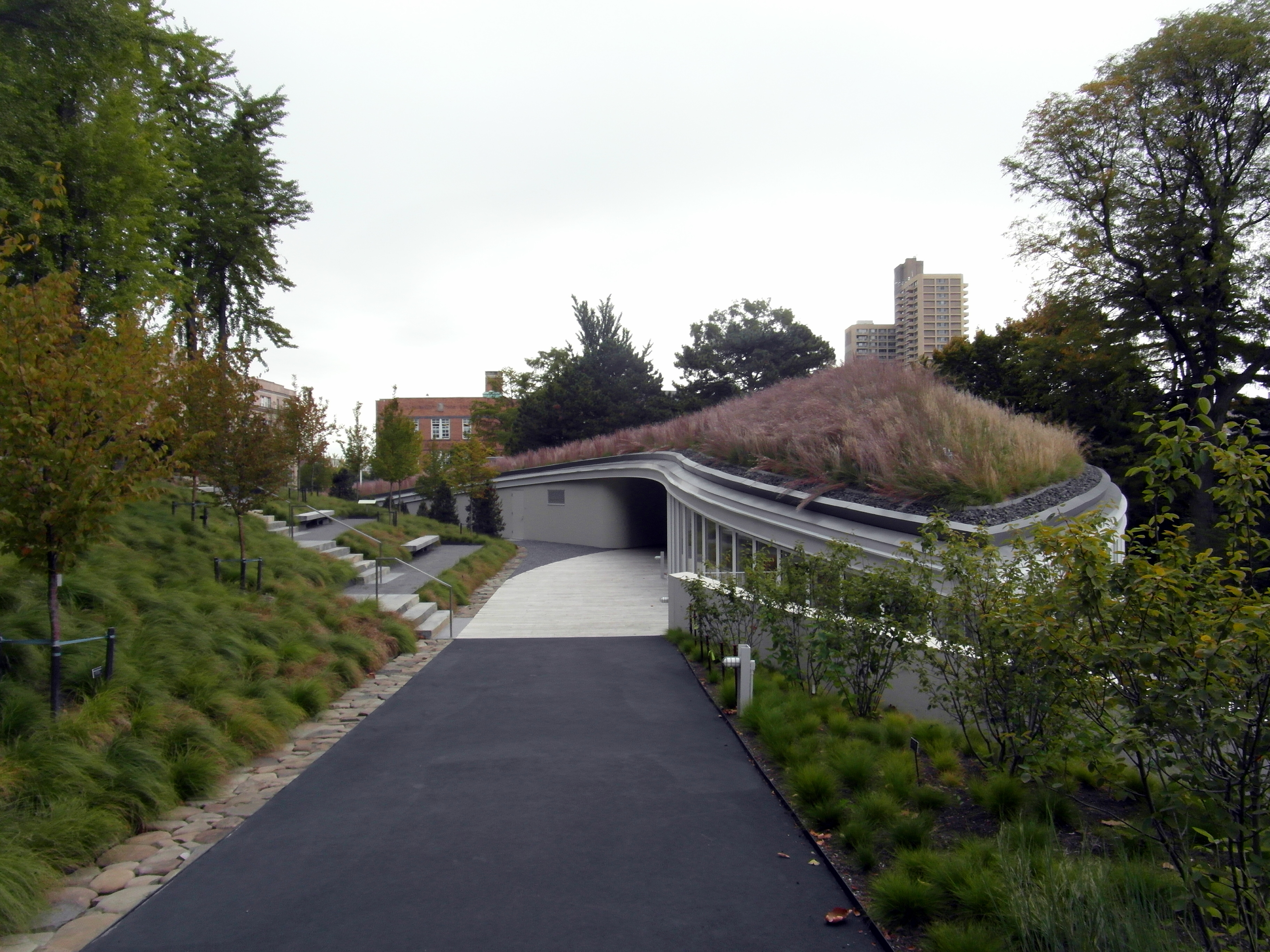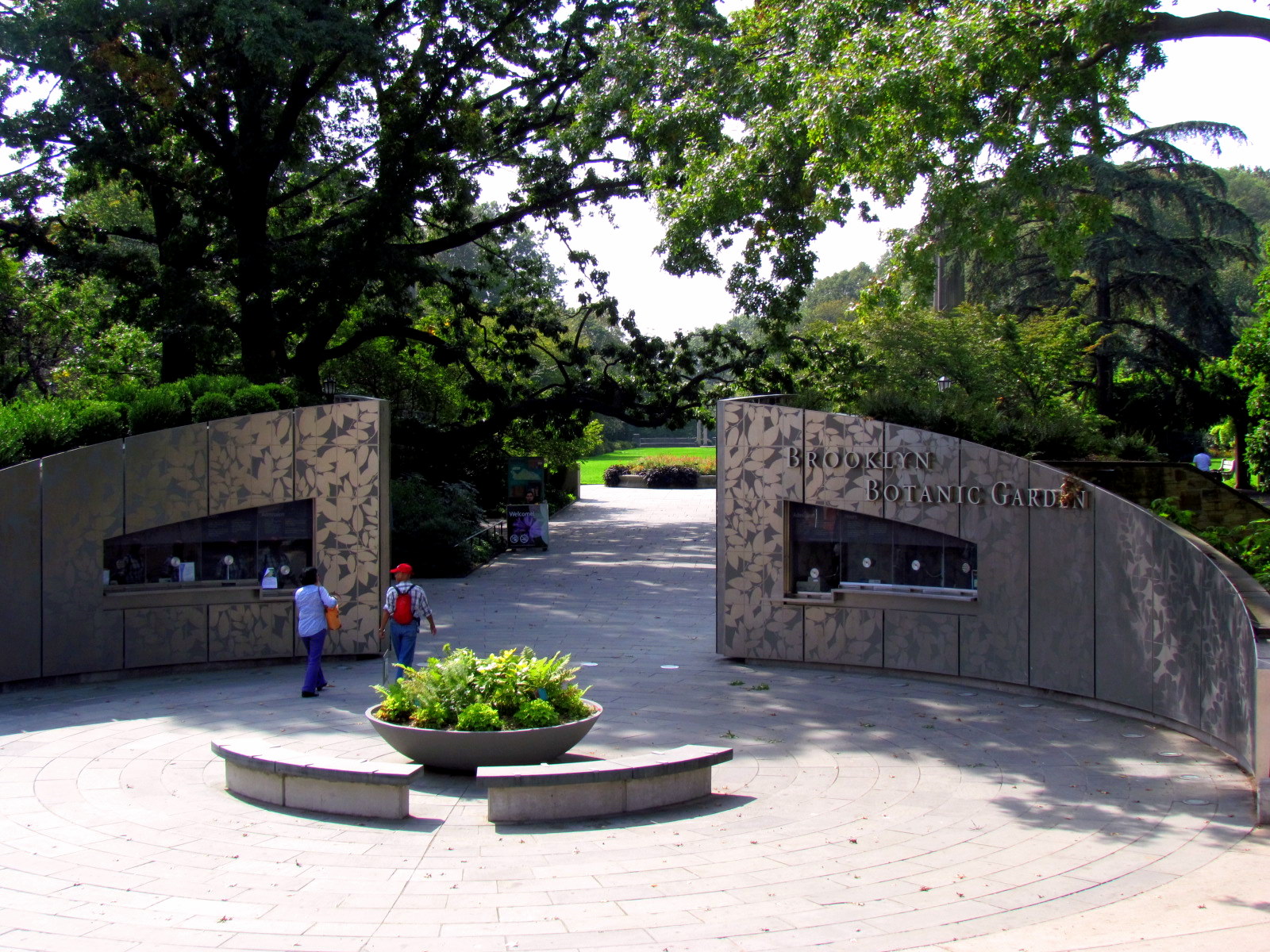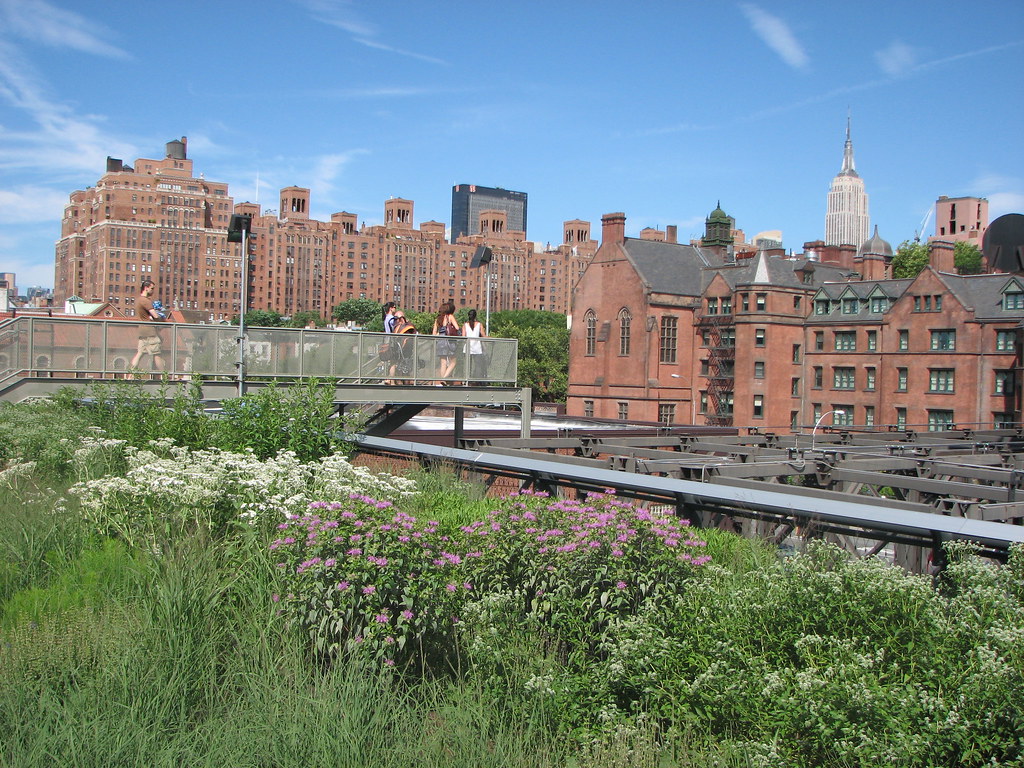PATRICK CULLINA
Patrick Cullina is an award-winning horticulturist, landscape designer, photographer, lecturer, and organizational consultant.
He runs a design and consulting business based in Manhattan that is dedicated to the innovative and sensitive integration of plants and materials into a diverse range of compelling designs–drawing inspiration from the both the natural world and constructed environments alike. Previously, he was the founding Vice President of Horticulture and Park Operations for New York City’s High Line; the Vice President of Horticulture, Operations and Science Research at Brooklyn Botanic Garden.
WHAT IS THE MAIN CHALLENGE WHEN DESIGNING A LANDSCAPE PROJECT FOR EDUCATIONAL PURPOSES?
The essential challenge is to get everybody who participates in the process moving in the same direction. It’s a public project, you have your client so maybe it’s musicality or an organization, but it is also a constituency, it is also people, so how do you get the people excited about wanting to help you realize what you’re doing, is one of the biggest challenges.
Part of the challenge I think it’s to build an important enough story that everybody wants to see finished. They want to see how it turns out, you painted a picture of how you think it’s going to be and so everybody wants to see that picture become real, so that’s not always easy when you’re doing very big things that take a lot of people to make it happen.

Patrick Cullina Conference at Marista University
Photography: Landuum
WHAT WOULD YOU ADVISE YOUNG LANDSCAPE ARCHITECTS TO MAKE THEIR PROJECTS SUCCESSFUL?
First of all I think to become real observers of the living landscape and know that the living landscape doesn’t only take place in the wild, the living landscape takes place between buildings and between pieces of sidewalk, in a place where a building used to be and now a landscape is growing up, so whether we are in different ends of a country or not, we are both times a part of a very dynamic landscape and those dynamic forces are always implying, so if you become observers of those processes you get to take that inspiration and also the mechanics of that experience and work it into a design.
Because it’s not enough for the design to come out of your head in a beautiful picture, it has to function, it has to have the potential to be executed. And because the responsibility when you’re working in public is to do as much preparation as you can to make it successful, it is important that you know your success makes it possible for other people to be successful at the next one.
We live in a very different world that we were even 10 years ago, there are now new challenges that you can face through landscapes, so all you need is to be bold, be dynamic, be creative and insist upon that the intention is paid.
“Don’t underestimate your ability to change your community through design because it is real and all it takes is persistence and the ability to grow with each experience.”

Brooklyn Botanic Garden, Visitor Center
Photography: Reading Tom, creativecommons.org
WHAT ASPECTS DO YOU CONSIDER WHEN SELECTING PLANT SPECIES IN A PROJECT?
Function because a lot of times in these projects there is money at the beginning that we call capital money that is used to invest on it, and when time passess the project doesn’t always have the money or funds to fix something if necessary, so you really have the responsibility in the beginning to do your best to make something that doesn’t force your luck in the future, you have to have in mind what is the thing that would make things work that is the closest to my vision? And people usually think what is the important part of plants selection in terms of what is the best plant?
What does the plant do on its best day and how can I make that part of this esthetic shop? I consider instead what is the thing the plant does on its worst day? Because I want to know what it wants, I want to know what am I up with, how far can you push it, because those terms become very important. If I have soil with low fertility, we put plants that handle low fertility, if I have soil with limited water, we choose plants that function with limited water. So, the plants tolerances and how far they can go, are really important indicators, especially when working with landscapes in the structure.

Brooklyn Botanic Garden
Photography: Ana Lauriano, creativecommons.org
AMONG YOUR PROJECTS, WHICH ONE WOULD YOU CONSIDER TO BE THE MOST CHALLENGING ONE AND WHY?
Let me give you two examples, when I worked on the “High Line” project we built it and it was new, we had section one and it was new and the second section was built and continues now ten years later. Miles and millions of people have gone and visited it, so that gave us a lot pressure and it took us a long time because of the limited plants and soils, so what happens with the landscape over time is important because it requires some intervention, it is not a painting that ends and gets hanged on the wall, it requires some improvement. It is a vision of something that happens years later. And then the most challenging is usually the most recent, so at this moment the last one is a private project that is complex for many different reasons, so basically it is the freshest in your mind the most challenging because you’re constantly thinking what am I doing now? And it’s not over, so how are we going to finish it? Personally, I think all the challenges are interesting in many interesting ways and in each one of them teach you a lesson that helps you in the next project.

“High Line”
Photography: David Berkowitz creativecommons.org








